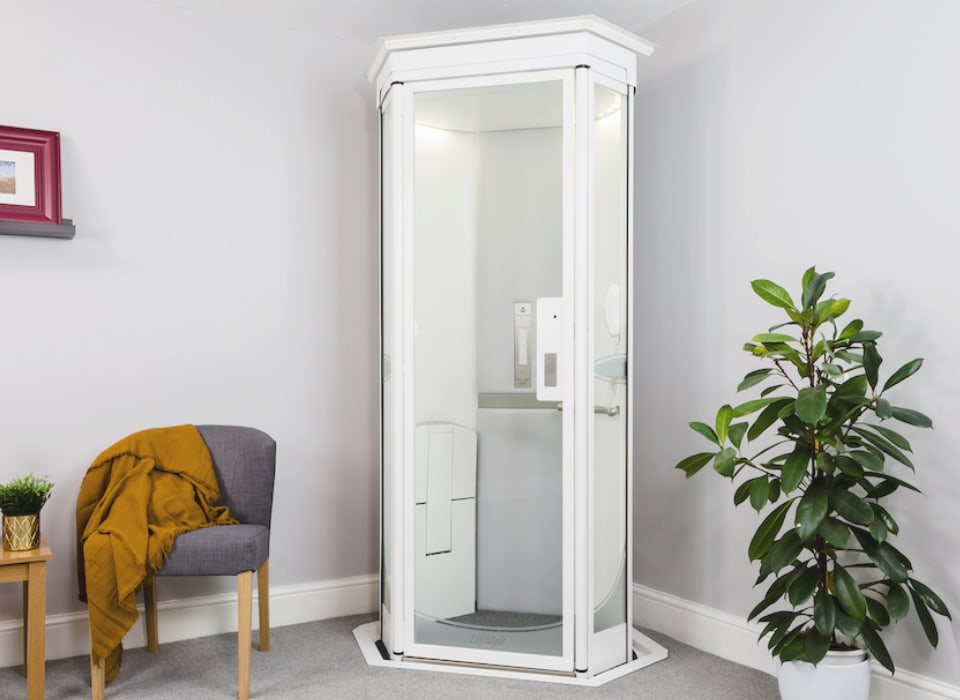Looking Into the Globe of Elevators: Typical Issues Faced by Different Lift Mechanisms
As we browse via the vertical transportation systems of contemporary structures, elevators stand out as a vital component of our everyday lives. From hydraulic lifts to grip systems and machine-room-less designs, each lift type comes with its collection of typical issues.
Hydraulic Lifts
Hydraulic elevators, frequently preferred for low-rise buildings, use fluid pressure to control the activity of the elevator vehicle (lift repair companies). This system involves a hydraulic pump pushing oil into a cyndrical tube, creating the lift to relocate the desired direction. While hydraulic elevators are known for their silent and smooth operation, they do come with their own collection of usual concerns
One widespread problem with hydraulic lifts is oil leakage. In addition, concerns with the control system, such as defective shutoffs or a malfunctioning pump, can trigger disturbances in the lift's movement.
Normal maintenance and punctual repair work are important to make sure the smooth performance of hydraulic elevators. By addressing these typical issues proactively, structure proprietors can reduce downtime and make sure the security and efficiency of their upright transportation system.
Grip Lifts
When considering vertical transportation systems in buildings, one more usual type other than hydraulic lifts is the traction elevator. Grip elevators run using a system of ropes and counterweights that move the elevator automobile by gripping onto the hoist ropes. This mechanism enables smoother and faster upright transportation contrasted to hydraulic systems.
One of the common issues dealt with by grip elevators is rope wear. The consistent activity of the ropes within the traction system can result in deterioration over time, potentially triggering the elevator to malfunction or become risky for usage. Routine assessments and upkeep of the ropes are necessary to make sure the elevator's appropriate functioning and safety and security.
An additional problem that traction lifts may come across is connected to the control system. Problems with the control system can lead to concerns such as irregular activity, delays in response times, or even complete closures. Normal testing and upkeep of the control system are vital to stop such concerns and guarantee the lift's dependability.
Machine-Room-Less (MRL) Elevators

One of the essential elements of MRL elevators is the small gearless traction maker that is installed within the hoistway. This machine efficiently drives the elevator automobile without the demand for bulky devices discovered in traditional traction elevators. Additionally, MRL lifts commonly make use of a weight system to balance the automobile, further boosting their energy performance.
In spite of their benefits, MRL elevators may face difficulties connected to repair and maintenance as a result of the confined area for devices installment. Accessibility for servicing elements within the shaft can be restricted, calling for specialized training for technicians. Proper maintenance routines and normal evaluations are critical to ensure visit this site right here the continued smooth operation of MRL elevators.
Overloading and Weight Limitation Issues
Are lifts outfitted to take care of excess weight tons effectively and securely? Straining and weight restriction concerns are critical concerns in elevator operations. Elevator manufacturers style raises with certain weight abilities to make certain guest safety and security and tools longevity. Exceeding these weight limits can result in various problems, consisting of mechanical failings, hold-ups, and safety and security risks.
When lifts are strained, it places extreme strain on the electric motor, cords, and other components, possibly triggering breakdowns or malfunctions. Safety and security systems such as sensors and overload sensing units remain in place to stop elevators from moving if they detect excess weight. In addition, surpassing weight limits can bring about enhanced power usage and damage on the elevator system.
To mitigate overwhelming issues, developing managers must plainly show weight limits in lifts and educate owners on the significance of sticking to these limitations - lift repair companies. Normal maintenance checks by certified technicians can additionally help make sure that lifts are operating within secure weight parameters. By resolving overloading and weight limitation issues proactively, structure proprietors can enhance lift safety and security and effectiveness
Electric System Failures
Exceeding weight limits in elevators can not just lead to mechanical problems however likewise potentially contribute to electrical system failures within the lift infrastructure. Electric system failings are an essential concern in lift operation, as they can cause unforeseen shutdowns, breakdowns, or also safety and security hazards.
Routine upkeep and assessments are important to identify and attend to prospective electrical problems promptly, making certain the efficient and secure operation of elevator systems. By adhering to weight limitations and conducting routine electric system checks, building owners can minimize the risk of electric failures in lifts.
Conclusion

Hydraulic lifts, usually liked for low-rise buildings, make use of fluid pressure to regulate the movement of the elevator vehicle.When considering vertical transport systems in structures, another typical kind aside from hydraulic lifts is the traction elevator. Traction lifts operate click resources making use of a system of ropes and counterweights that relocate the lift automobile by gripping onto the hoist ropes. Unlike conventional lifts that require a different device area to house the equipment, MRL elevators incorporate most of the elements within the shaft, removing the need for a devoted equipment room.In final thought, lifts face typical concerns such as hydraulic malfunctions, traction system failures, and electric system problems.